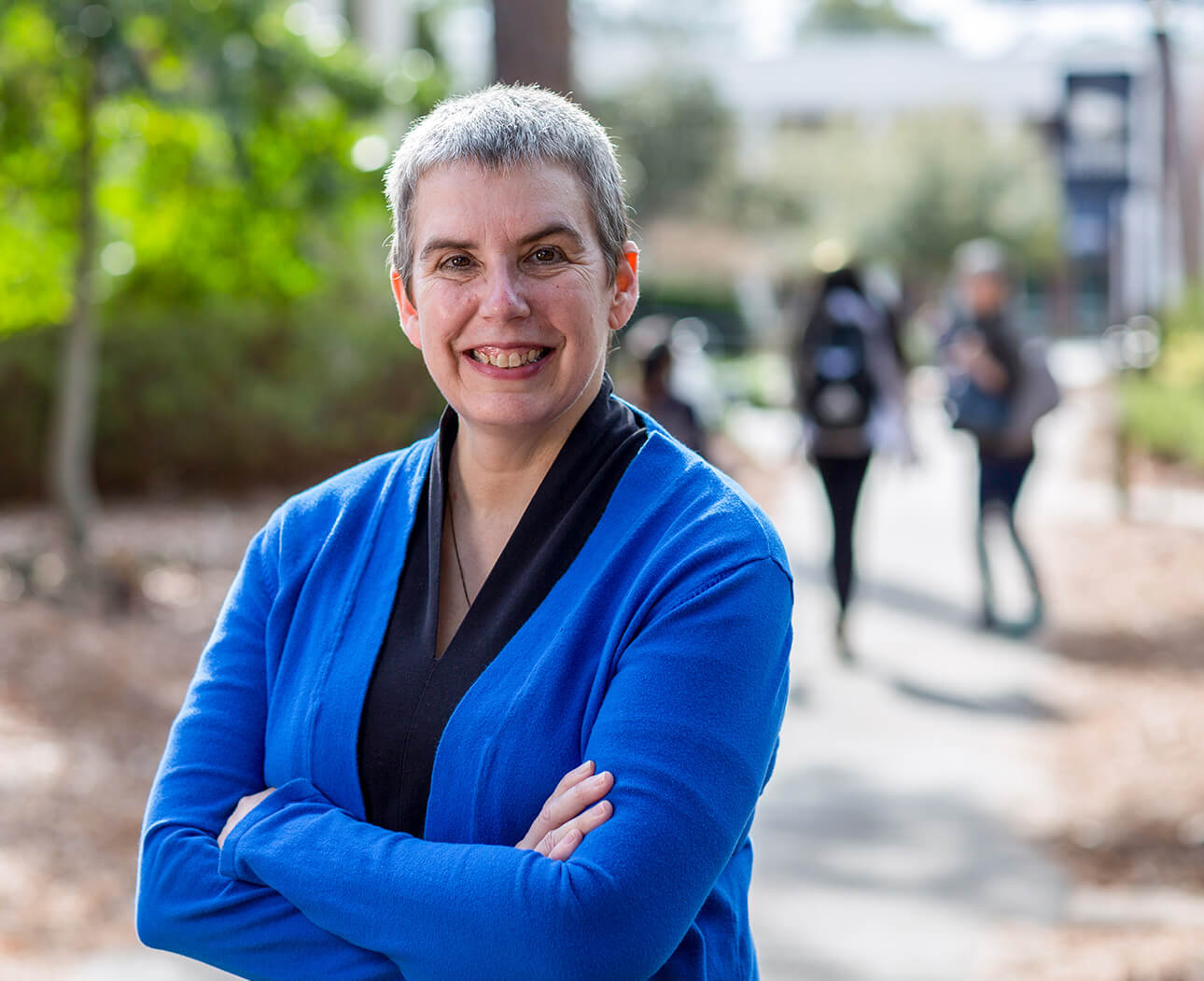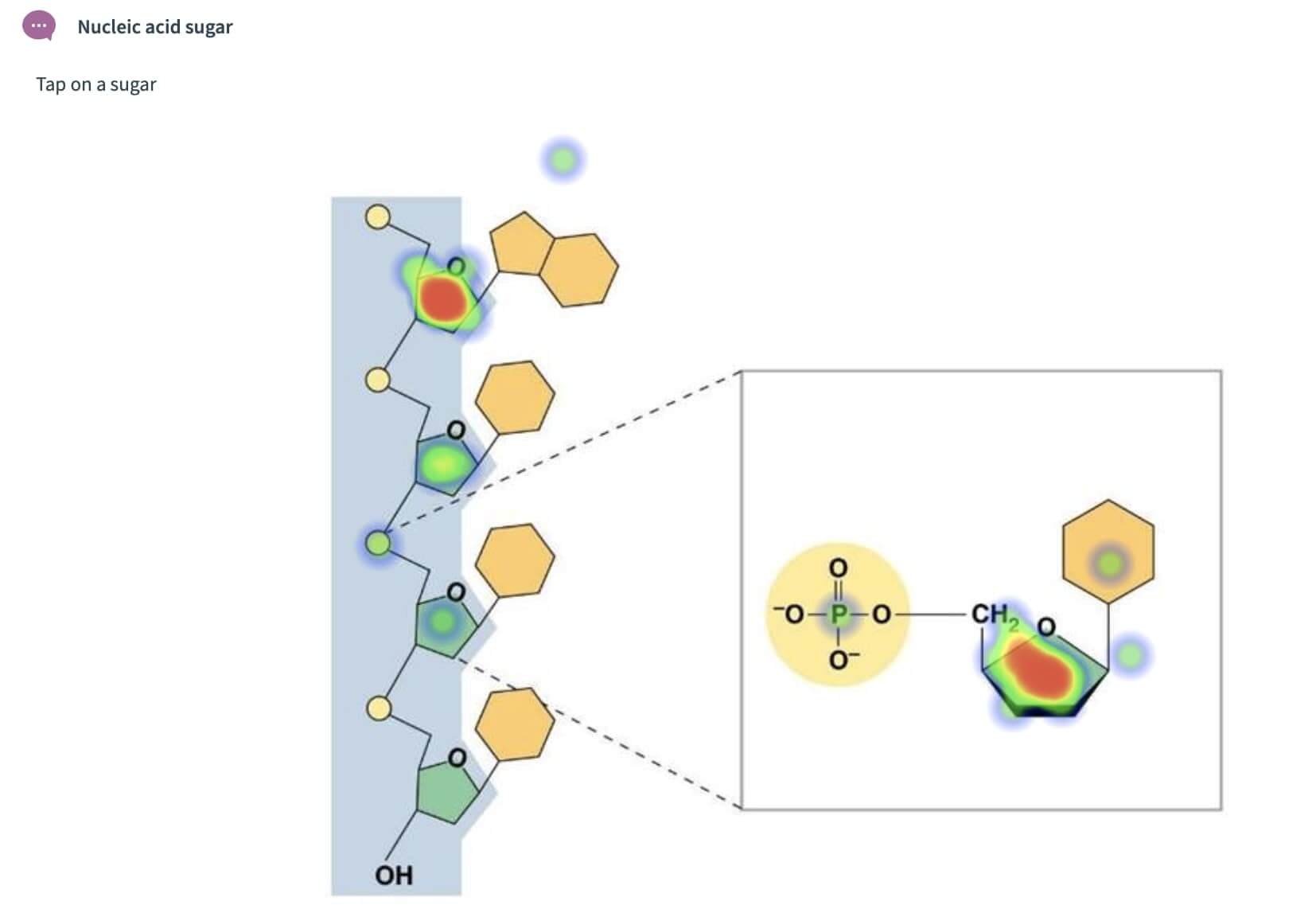How formative and summative assessments in Top Hat improved grades without sacrificing course standards
10
Minute tests held each week
7%
Midterm exam improvement
71%
Midterm exam median

The Challenge
Sue Ellen DeChenne-Peters needed a way to understand how students were progressing—before it was too late
DeChenne-Peters is no stranger to innovation in the classroom. With a PhD in science education and a research specialty in biology education, the Georgia Southern University (GS) professor is always looking for new tools and techniques that will improve the learning experience. “I know that evidence-based teaching practices are essential to get students engaged,” says DeChenne-Peters, who has taught biology for 22 years. “But in a class of 70 students in auditorium-style seating, you really need something special to do that.”
With her knowledge of active learning best practices, she was in search of teaching tools that would help her get a sense of how well her students were comprehending class material. “Often, first semester freshmen do not understand what is required to learn a complex and abstract subject like molecular biology,” she says. “I started to realize I needed to give them more assessments.”
She was in search of a versatile assessment tool that would help her track student progress, as her past experience with standard classroom response technology felt limiting. DeChenne-Peters also wanted the technology to be compatible with her Microsoft PowerPoint materials. With Top Hat’s all-in-one teaching platform, she found a solution.
The Solution
Formative and summative assessments provided valuable student insights
DeChenne-Peters adopted Top Hat in 2018, first in a small summer course. “Top Hat helped me upload my multiple-choice questions and PowerPoint files and trained me on the technology,” she says of the instructional design support she received. The students liked the fact that they could use their phones to answer questions and DeChenne-Peters appreciated Top Hat’s adaptability and flexibility, seeing the potential to use it more widely for class assessments.
After getting her feet wet that first semester, DeChenne-Peters started leveraging different question types, like click-on-target queries for molecules and structures. As she continued to use the platform, she saw the opportunity to rethink her assessment strategy altogether. Like many teachers, DeChenne-Peters had struggled to gauge how well her students were understanding challenging course concepts. Her solution was to use two-to-three Top Hat questions in her daily classes and introduce weekly summative tests.

Similar in format to her midterm exams, the tests provide DeChenne-Peters with a view of how the class is progressing, allowing her to zero-in on topics requiring additional attention in a more timely fashion. She can discuss the answers with the class while topics are still fresh, to determine which concepts are not sticking and why. The approach has yielded a number of benefits. “This allows me to demonstrate expert thinking and problem-solving for the students,” she says. “It also allows them to ask questions immediately about material which confuses them.” As the new tests make up half of each students’ grades, DeChenne-Peters is now able to only hold one midterm exam (down from four) and one final comprehensive assessment per semester, reclaiming valuable in-class time.
“Molecular biology is highly abstract and if students don’t get concepts early, it’s hard to catch up,” she says. “Now, the classroom conversation is better and motivation is much higher because students are held accountable to learn and remember the materials from the week prior.”
The Results
The average midterm grade increased by seven percent
DeChenne-Peters acknowledges that weekly tests aren’t always popular, but knows they’re effective. “Students may say, ‘I hate having tests every week,’” she says. “But they always acknowledge that frequent tests have made them learn the material better.
DeChenne-Peters also saw quantitative improvements to student grades—without sacrificing the course’s level of rigor. Comparing the average midterm scores in fall 2017 (before using Top Hat) with midterm scores in spring 2019 (after using Top Hat for a few semesters), she noticed a seven percent increase, with the median improving from 64 percent to 71 percent.
Ultimately, Top Hat enabled DeChenne-Peters to use evidence-based teaching practices in a setting and course-size not generally considered conducive to active learning. “Molecular biology is highly abstract and if students don’t get concepts early, it’s hard to catch up,” she says. “Now, the classroom conversation is better and motivation is much higher because students are held accountable to learn and remember the materials from the week prior.”









